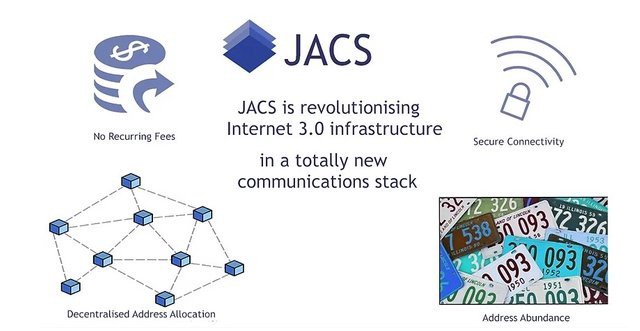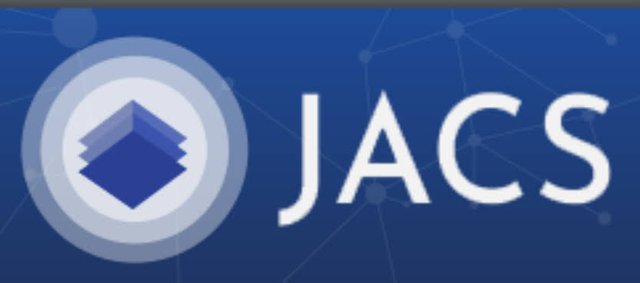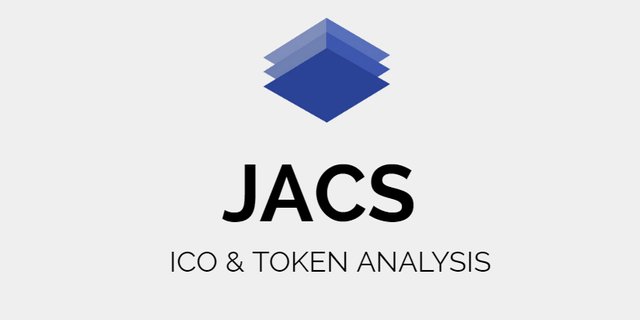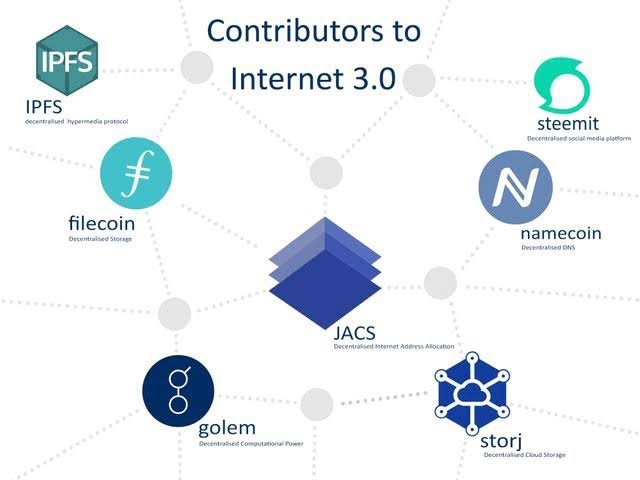
INTRODUCTION
In Data Networking, there are two sorts of addresses; actual locations (like MAC) and sensible locations (like IP). IP locations and MAC addresses were created around a similar time yet each was reacting to an alternate issue. Think about the instance of an Ethernet link/portion over which a few gadgets could be truly associated, and all have perceivability to the signs sent onto the link. As such; everything gadgets can hear every single other gadget, yet every gadget has an interesting identifier (MAC Address) with which they could address their information. This location would not forestall every other person on the link from seeing the information, however it would give a pointer with respect to which, explicit gadget was the expected beneficiary of that information. But since in reality hubs won't generally be on a similar portion, as the instance of the public Internet, each information network hub (host, switch, or even an organization printer)is alloted an intelligent worldwide location (like IP) that is utilized to find and distinguish the hub in correspondences with different hubs.
In the IP world, in the event that a gadget has a few organization interfaces, at that point every interface must have at any rate one particular IP address relegated to it. For instance, a PC may have a remote organization interface and a wired organization interface utilizing an organization link, and this would require an aggregate of two IP addresses, one for every interface. Another model is a cell phone with cell information organization and Wi-Fi. Switches, ordinarily, have a few organization interfaces and commonly have a few IP addresses related with them. It is additionally conceivable that an interface can be alloted more than one IP address for different reasons(secondary addresses).The IPv4 tending to structure gives a deficient number of openly routable delivers to give a particular location to each Internet gadget or administration. This issue has been relieved for quite a while by changes in the location designation and steering framework of the Internet. This began by the change from classful organization tending to Classless Inter-Domain Routing (CIDR), that deferred the weariness of addresses considerably. Furthermore, Network Address Translation (NAT) grants Internet specialist co-ops and endeavors to disguise private organization address space with only one openly routable IPv4 address on the Internet interface of a client premises switch (CPE), rather than allotting a public location to each arrange gadget.
Issues
Address fatigue is the exhaustion of the pool of unallocatedIPv4 addresses. Since there are less than 4.3 billion tends to accessible, consumption has been foreseen since the last part of the 1980s, when the Internet began to encounter sensational development. This exhaustion is one reason for the turn of events and sending different options arrangements, likeIPv6.The fundamental market influences that quickened IPv4 address consumption incorporated the quickly developing number of Internet clients, consistently on gadgets, cell phones and as of late the Internet of Things (IoT). The Internet Engineering Task Force (IETF) made the Routing and Addressing Group (ROAD) in November 1991 to react to the adaptability issue brought about by the classful organization allotment framework set up at that point. The foreseen lack has been the driving component in making and embracing a few new advances, including NAT, CIDR in 1993, and IPv6 in 1998. IPv6, the replacement innovation to IPv4 which was intended to address this issue, bolsters around 3.4×1038 organization addresses. Despite the fact that as of 2008the anticipated consumption was at that point moving toward its last stages, most suppliers of Internet administrations and programming merchants were simply starting IPv6 arrangement around then. The high level depletion happened on 31 January 2011. Four of the five RIRs have depleted portion of the apparent multitude of squares they have not held forIPv6 progress; this happened on 15 April 2011 for the APNIC, Asia-Pacific, on 14 September 2012 for RIPE NCC, Europe, Middle East and Central Asia, on 10 June 2014 for LACNIC, Latin America and the Caribbean, and on 24 September 2015 for ARIN North America. Individual ISPs actually had unassigned pools of IP addresses, and could reuse addresses not, at this point required by their endorsers. Each depleted its pool of accessible locations at various occasions.
The current concentrated framework to deal with the worldwide pool of IP addresses is incorporated in five transnational associations, the Regional Internet Registries (RIRs). Every one of these RIRs deal with the location pool for countless nations. Since the RIRs are private associations, they are dependent upon the legitimate structure of the nation where they are based. This setup brings about a jurisdictional flood from the lawful structure of the nations where the RIR is based to all the nations that the RIRs are serving (the nations served by the RIRs accepted become subjects of the general set of laws of the nation where the RIR is hosted).Beside the unified idea of address allotment, there is consistently the weight of repeating upkeep or restoration charges just as the moderately hard redistribution of assets among the distinctive RIRs.
Arrangement ATTEMPTS
Endeavors to defer address space depletion began with the acknowledgment of the issue in the mid 1990s and the presentation of various band-aid refinements to cause the current structure to work all the more productively, for example, CIDR, NAT just as severe utilization based portion approaches.
Different innovations include:
Utilization of NAT which permits a private organization to utilize one public IP address and allowing private locations in the private organization
Utilization of private organization tending to
Name-based virtual facilitating of sites
More tight control by territorial Internet vaults on the designation of addresses to neighborhood Internet libraries.
Organization renumbering and subnetting to recover huge squares of address space designated in the beginning of the Internet, when the Internet utilized wasteful classful organization tending to.
JACS AND BLOCKCHAIN

As recently clarified, JACS uses blockchain to make a correspondences stack. Here the blockchain assumes an indispensable function as the convention that will uphold JACS. The blockchain will perform numerous capacities, for example, Address portion, Address vault, Route Origin check, and approval, Incentivizing the network, and so on For this situation, JACS will utilize the Ethereum blockchain as a convention that will uphold the activity of the stage. In any case, later on JACS will dispatch its own local blockchain, in particular "JACS local blockchain", which runs on the local public blockchain rather than the Ethereum blockchain.
JACS PLATFORM

On the off chance that we had the advantage of beginning once again without any preparation, in all likelihood we would have put together the Internet with respect to another datagram web convention with a lot bigger staggered address structure. On a fundamental level, there are numerous decisions accessible for another datagram web convention. For instance, the current IP could be enlarged by expansion of bigger locations, or another convention could be created. Nonetheless, the turn of events, normalization, usage, testing, troubleshooting and sending of another convention (just as related steering and host-to-switch conventions) would take an exceptionally enormous measure of time and energy, and isn't ensured to prompt achievement.
There is as of now such a convention accessible. Specifically, CLNP, that is fundamentally the same as IP, and offers the required datagram administration and address adaptability, yet that accompanied a few contrasts too.

CLNP delivers are appointed to hubs, not interfaces. This is the host-based tending to. All interfaces (even multi-access interfaces like LAN) are unnumbered and every hub has a "loopback" interface with a solitary location (like the host/32 prefix in IPv4). While the idea was profoundly fascinating and hardly more valuable than subnet-based IP design, it likewise forced extra weight on hosts and switches:
Hosts and switches needed to run a host-to-switch convention among themselves that empowers switches to discover neighboring hosts and encourages hosts to discover the closest switch, this is the ES-IS convention that essentially makes a comparative showing to what Router Advertisement(RA) does in IPv6.
ES-IS gives incredible failover, repetition (regarding first-bounce switches) and has versatility.
Switches at that point need to spread all hosts reachability data all through the territory so every switch in the region needs to know the area of all hosts inside a similar zone.
CLNP intra-region sending has a few components that could be like spanning (parcels are sent dependent on have ID) yet functions as evident steering (layer-2 epitome is changed and TTL is diminished at whatever point a bundle is sent by a CLNP switch). The quantity of hosts inside a region is clearly restricted by the switches' capacities (and can be very restricted in some genuine CLNP usage); to scale, CLNP presented an idea of territories, which are practically indistinguishable from IP outline courses. Per-hub addresses pleasantly illuminate intra-zone multihoming. A host is consistently reachable through a solitary location, regardless of whether it has more than one interface. At the point when an interface comes up short, the current meetings are not disturbed (as they begin from a location that has a place with the hub itself, not the bombed interface). In the IP world there are a few arrangements that could give a similar outcome to multi-homing, as: NIC holding, multi-frame port channel and others.
CONCLUSION
In accordance with mechanical improvements, for example, IoT and the presence of the 5G organization, there will be numerous gadgets on the planet associated with the web organization. The TCP/IP innovation we use today has numerous impediments and issues — JACK's "Simply one more Communications Stack" is a stage that uses blockchain and Connection-Less Network Services (CLNS) with its 160-bits ISO NSAP addresses. JACK expects to change the manner in which information networks work and defeat different issues in web conventions, for example, IPv4 address consumption, high repeating support and recharging charges, and so on.
For more information, kindly visit the beneath links:
Website : https://www.jacs.tech/
Whitepaper : https://www.jacs.tech/white-paper
Facebook : https://www.facebook.com/viaBlockLTD
Twitter : https://www.twitter.com/Moustafaamin77
Telegram : https://t.me/jacstech
Linkedin : https://www.linkedin.com/company/viablock
Reddit : https://www.reddit.com/r/JACSTECH/
Youtube : https://www.youtube.com/channel/UCICHtYggmdDTRJsPdOBs-GQ
Ann Thread : https://bitcointalk.org/index.php?topic=5279310.0
Author's Information:
Bitcointalk Username: Kalimba
Bitcointalk Profile Link: https://bitcointalk.org/index.php?action=profile;u=2451629;